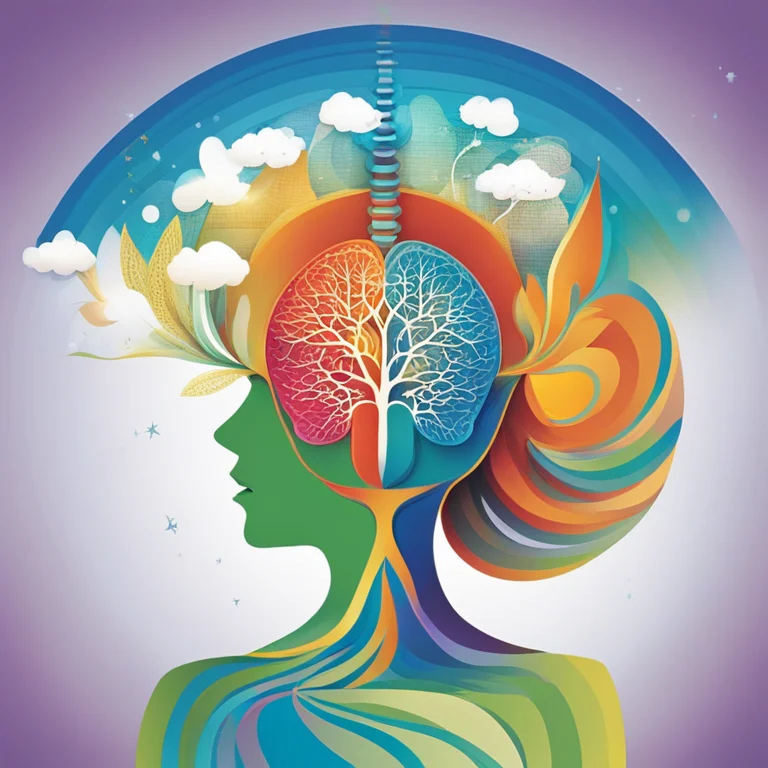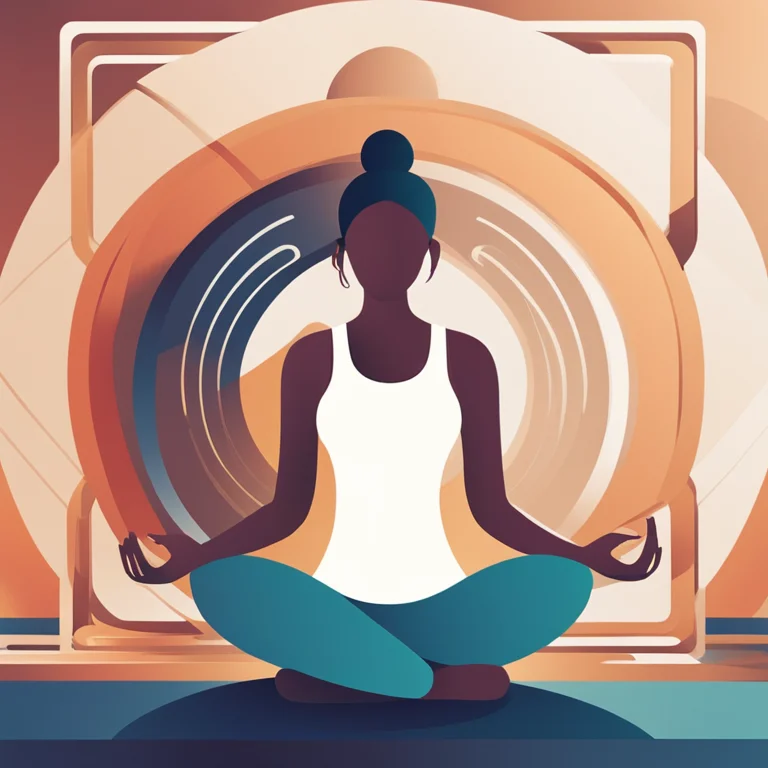
The Breath of Tranquility: Meditation Breathing Techniques
Delve into the calming world of meditation breathing techniques, enhancing focus and fostering inner peace in this insightful article.
article by Hina Kurosawa
The Essence of Breath in Meditation
Breathing is the cornerstone of meditation, bridging the gap between the conscious and subconscious. It's a voluntary action that can slip into the background of our automatic bodily functions, yet when controlled, becomes a powerful tool for mindfulness and relaxation. In recent times, the importance of meditation breathing techniques remains at the forefront of stress management and self-care practices. These techniques are designed to center the mind, allowing for heightened focus and a sense of serenity. The act of focusing on one's breath ushers in a symphony of calmness that can be both restorative and transformative.

Core Meditation Breathing Methods
From ancient traditions to modern-day practices, several breathing methods have been proven effective in meditation. Diaphragmatic breathing – otherwise known as belly breathing – encourages full oxygen exchange and engages the diaphragm more efficiently than shallow chest breathing. The 4-7-8 technique, famously developed by Dr. Andrew Weil, involves inhaling for 4 seconds, holding the breath for 7 seconds, and exhaling for 8 seconds, promoting relaxation and helping to reduce anxiety. Alternate nostril breathing, a mainstay of yoga practices, is said to balance the right and left hemispheres of the brain and is particularly beneficial for calming an agitated mind.

Contemporary Adaptations and Tools
In this tech-forward era, meditation aids and apps have burgeoned, helping individuals incorporate breathing techniques into their daily routines. Many of these apps offer guided sessions, visual breath animations, and customized programs catering to individual needs. The interplay between traditional practices and modern technology has made meditation more accessible, fostering a growing community of individuals seeking mental clarity and emotional balance. Additionally, wearables tracking heart rate variability (HRV) have emerged, assisting users in identifying the breathing patterns that best help them achieve a meditative state.

The Science Behind the Breath
Scientific studies bolster the efficacy of meditation breathing, linking it to reduced levels of stress and improved cognitive functions. By activating the parasympathetic nervous system, these techniques encourage the body to enter a state of rest and digest, counteracting fight-or-flight responses. Researchers, leveraging advancements in neuroscience, continue to explore the neural correlates of breathing in meditation, striving to provide a clearer picture of its benefits on brain health and emotional well-being.
Integrating Breathing Into Meditation Practice
Incorporating focused breathing into meditation does not require mastery but rather consistency and intentionality. Beginners are encouraged to start with short sessions, gradually extending the duration as comfort with the practice develops. It is important to find a quiet space where interruptions are scarce, allowing for an environment conducive to introspection and breath control. As the mind inevitably wanders, the simple act of returning to the breath serves as an exercise in patience and discipline, essential components of any meditation journey.
Encountering Challenges and Overcoming Them
It's natural for individuals to face hurdles as they delve into meditation breathing practices. Common challenges include difficulty in sustaining attention on the breath and physical discomfort when trying new breathing patterns. Experts recommend a compassionate approach, acknowledging these difficulties without judgment and gently guiding oneself back to the practice. Persistence and patience are key, and over time, the obstacles become part of the learning process, eventually leading to a more fulfilling meditation experience.
Embracing the Path to Inner Peace
Meditation breathing is more than an exercise; it's a journey towards self-discovery and tranquility. While trends in meditation may evolve, the fundamental essence of connecting with one’s breath remains timeless. As individuals worldwide continue to turn to these ancient practices for solace and self-improvement, breathing stands as a universal language, harmonizing the internal rhythm of our lives with the world around us. With each inhale and exhale, we draw closer to a balanced, centered self, ready to face life’s ebb and flow with equanimity.
Published: 1/9/2024
Modified: 1/9/2024
More predictions
Come back here soon to learn more about yourself and your future


Serenity Through Meditation Retreats
Embark on a transformative journey at a meditation retreat to recharge, refocus, and reconnect with your inner self.


Retreat into Serenity: A Meditation Haven
Discover the transformative power of a meditation retreat and find tranquility for mind, body, and spirit in our comprehensive guide.


The Harmony of Meditation and Sleep
Discover the synergistic benefits of meditation for enhancing sleep quality and overall well-being in this insightful article.